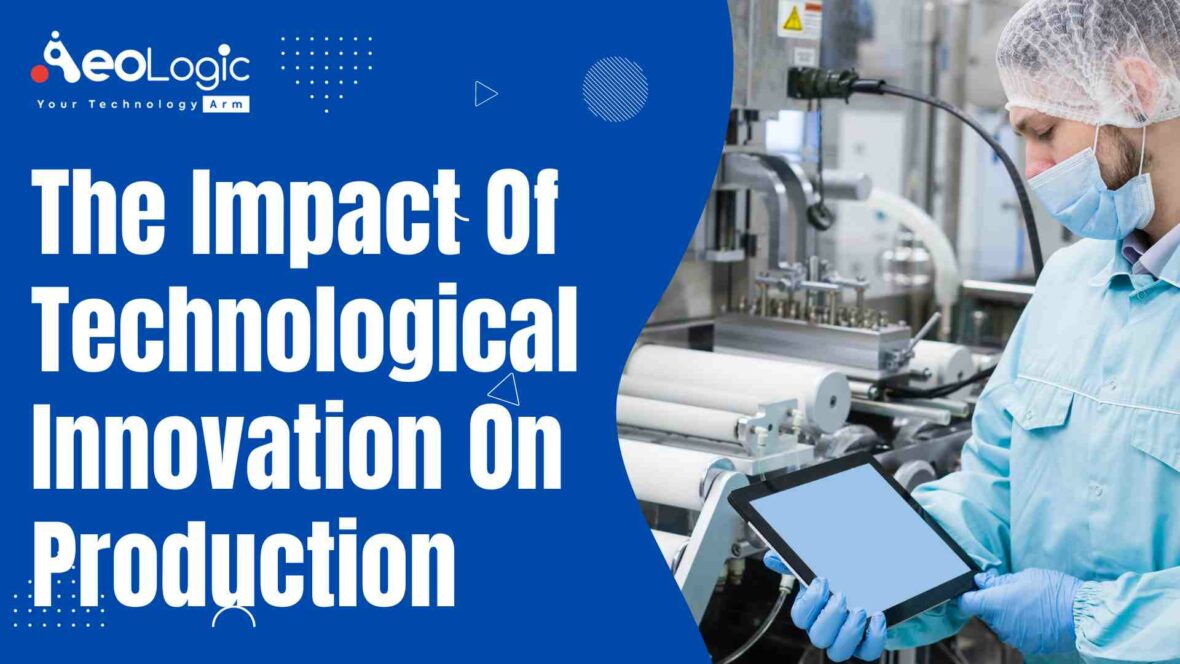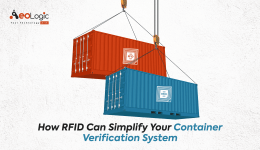Economic growth has been lacklustre for more than ten years now. This is happening at a time when economies are facing much unfolding change. What are the forces of change, how are they impacting the growth dynamics, and what are the consequences for policy? Three basic ingredients help in driving economic growth—productivity, capital, and labor. All three are encountering new challenges in a changing context. Foremost among the enablers of change has been technology, headed by digital transformation. In this blog, we will be discussing the impact of technological innovation on production.
Also read: The Use of Technology in Management
SHIFTS IN LABOR MARKETS
Technology is having major effects on labor markets. Automation and digital advances are changing labor demand away from routine low- to middle-level skills to higher-level and more sophisticated analytical, managerial, and technical skills. On the supply front, however, equipping workers with skills and knowledge that complement the new technologies has lagged, delaying the broader diffusion of innovation within economies. Education and training have been losing touch with technology.
However, major economies are facing the challenge by aging populations. Many of them are also observing a leveling off of gains in labor force participation rates and fundamental education attainments of the population. These trends are putting an even greater focus on productivity—and the technological innovations that are driving it. In order to deliver economic growth.
RISING INEQUALITY
Another impact of technological innovation on production is rising inequality. Growth is also becoming less inclusive. Income inequality has been growing in most major economies, and the growth has been particularly pronounced in some of them, such as the United States of America. The emerging technologies favouring capital and higher-level skills are contributing to a decline in labor’s share of income and to augmented wage inequality. They have also been related with high economic rents and more concentrated industry structures enjoyed by dominant firms. Income has moved from labor to capital and the distribution of both capital income and labor has become more unequal.
Increasing inequality and mounting anxiety about jobs are contributing to increased social tensions and political divisiveness. Populism has increased in several countries. Nationalist and protectionist sentiment has been on the escalation, with a backlash against world trade that, alongside technological transformation, is observed to have augmented inequality with job losses and wage stagnation for low-skilled workers.
AI, ROBOTICS, AND THE FOURTH INDUSTRIAL REVOLUTION
The impact of technological innovation on production also involves the use of AI and robtics. Technological transformation is reshaping growth. It will only intensify as artificial intelligence, cyber-physical systems, and advanced robotics take the digital revolution to another level. We may be on the point of what has been known as the “Fourth Industrial Revolution (4IR).” And internationalization is going increasingly digital, a transformation that, similar to 4IR, has been termed “Globalization 4.0.”
Technological transformation recently is not delivering its full potential in boosting productivity and economic growth. It is pushing income inequality higher and generated fears about a “robocalypse”—huge job losses from automation. However, this should not cause despair.
AN AGENDA TO HARNESS THE POTENTIAL OF NEW TECHNOLOGY
- The core of the forward policy agenda is to harness the capability of the new technologies. Reforms should seek to enhance the enabling environment for firms and workers—to widen access to opportunities that come from technological transformation and to enhance capabilities to adjust to the new challenges.
- Policies and institutions governing markets should keep pace as the impact of technological innovation on production transforms the world of business. Competition policies should be restructured for the digital age to make sure that markets continue to provide an open and level playing field for firms. Hence, keeping competition strong, and checking the growth of monopolistic structures.
- The innovation ecosystem must keep pushing the technological side but also foster broader economic impacts from the new advances. With the intangible asset of knowledge becoming a significant driver of economic success, research and development systems and patent regimes should be enhanced for promoting broader diffusion of technologies representing new knowledge.
- The foundation of digital transformation infrastructure and digital literacy must be strengthened. The digital gap is narrowing but wide gaps remain.
- Tax systems must be reviewed in light of the new tax challenges of the digital economy, including the implications of the transformations occurring in work and business. As well as the new income distribution dynamics. The potential tax reform agenda spans taxes on capital, wealth and labor.
Also read: Advantages & Disadvantages of Innovative Technology
Wrapping Up…
To create technology—and globalization—work better and for all rests with policies at the national stage. Sensible policies on migration can complement national policies. Such as lifelong learning and pension reform, in reducing the effects of population aging.
The era of smart machines holds much promise. With smart policies, the future could be one of robust and more inclusive development.
Contact us to know more!







